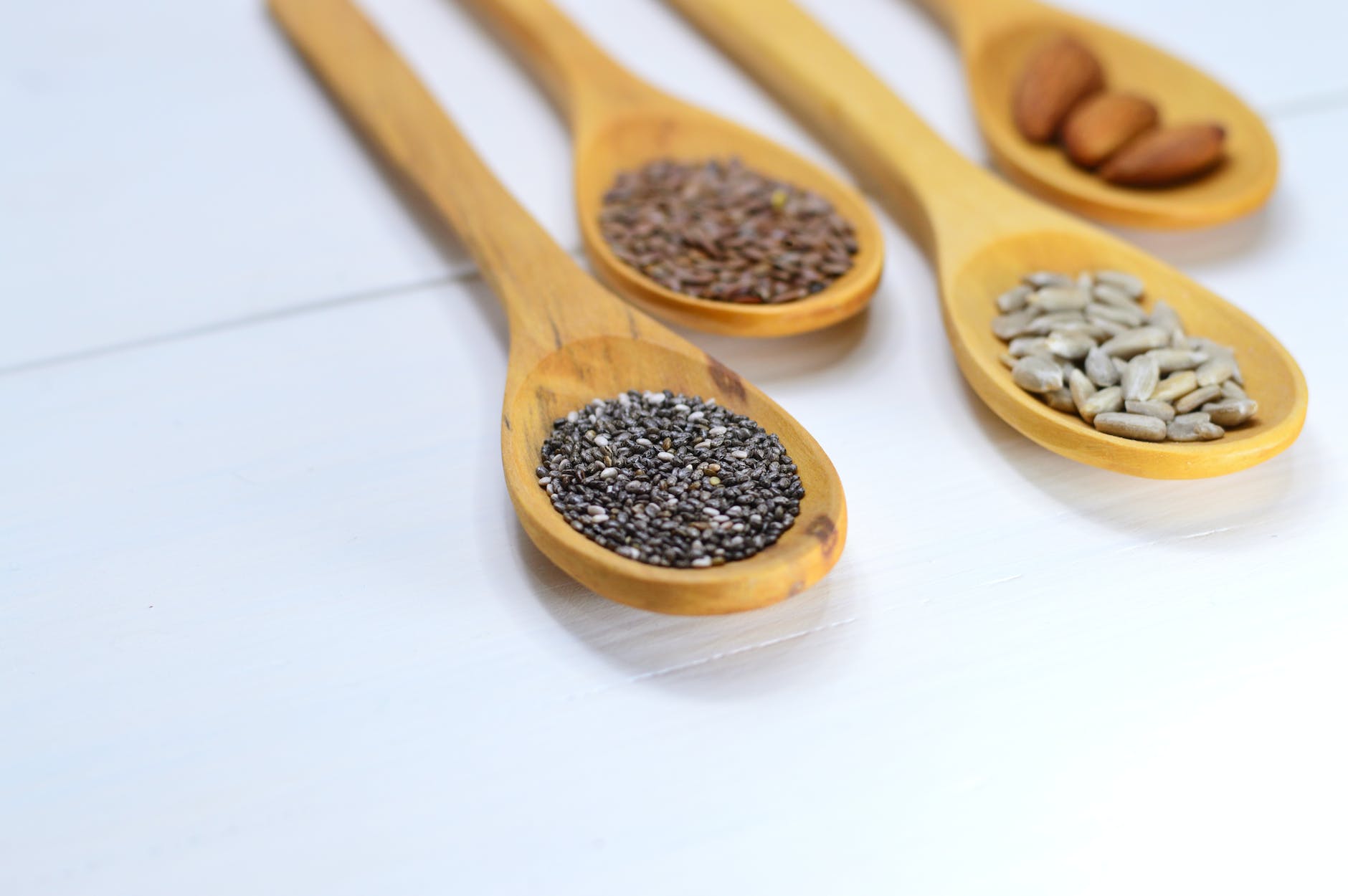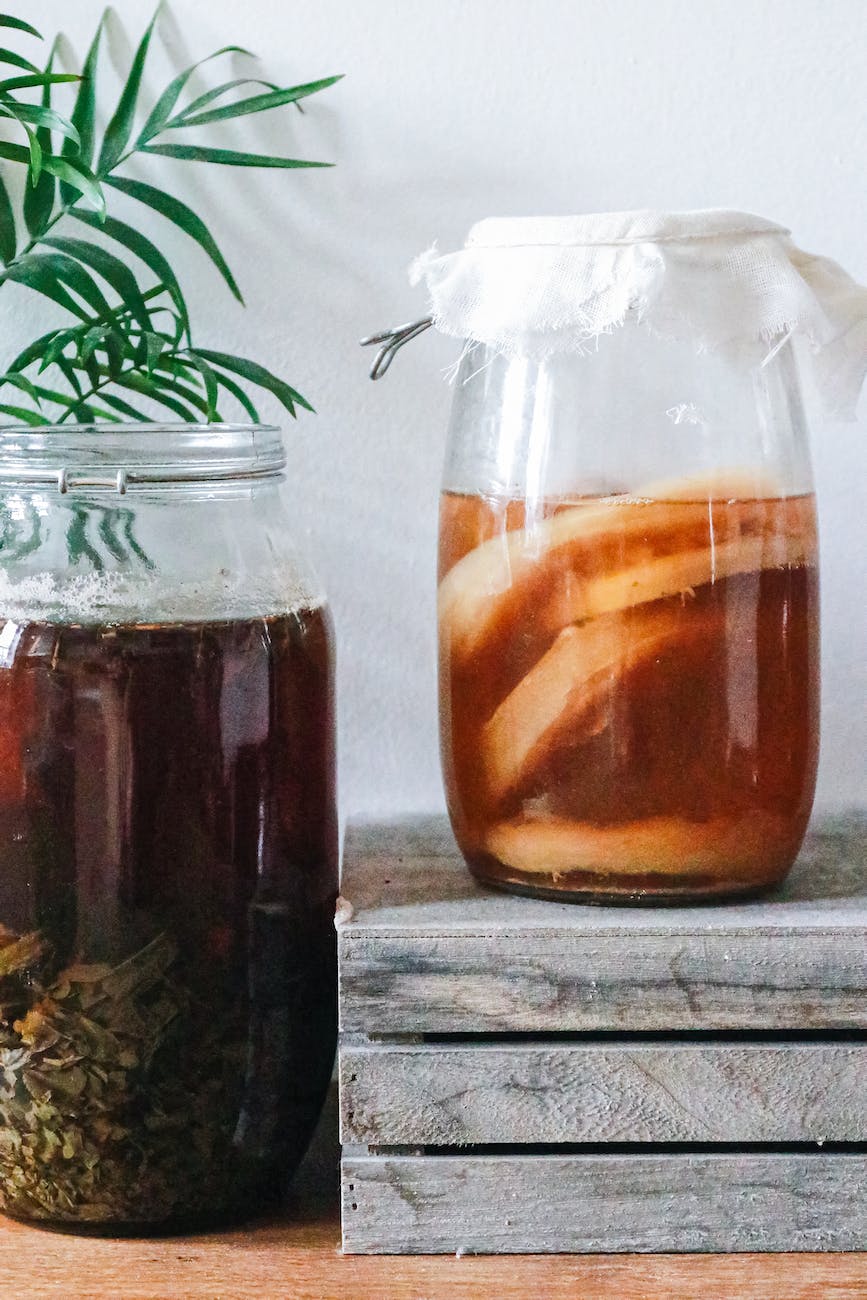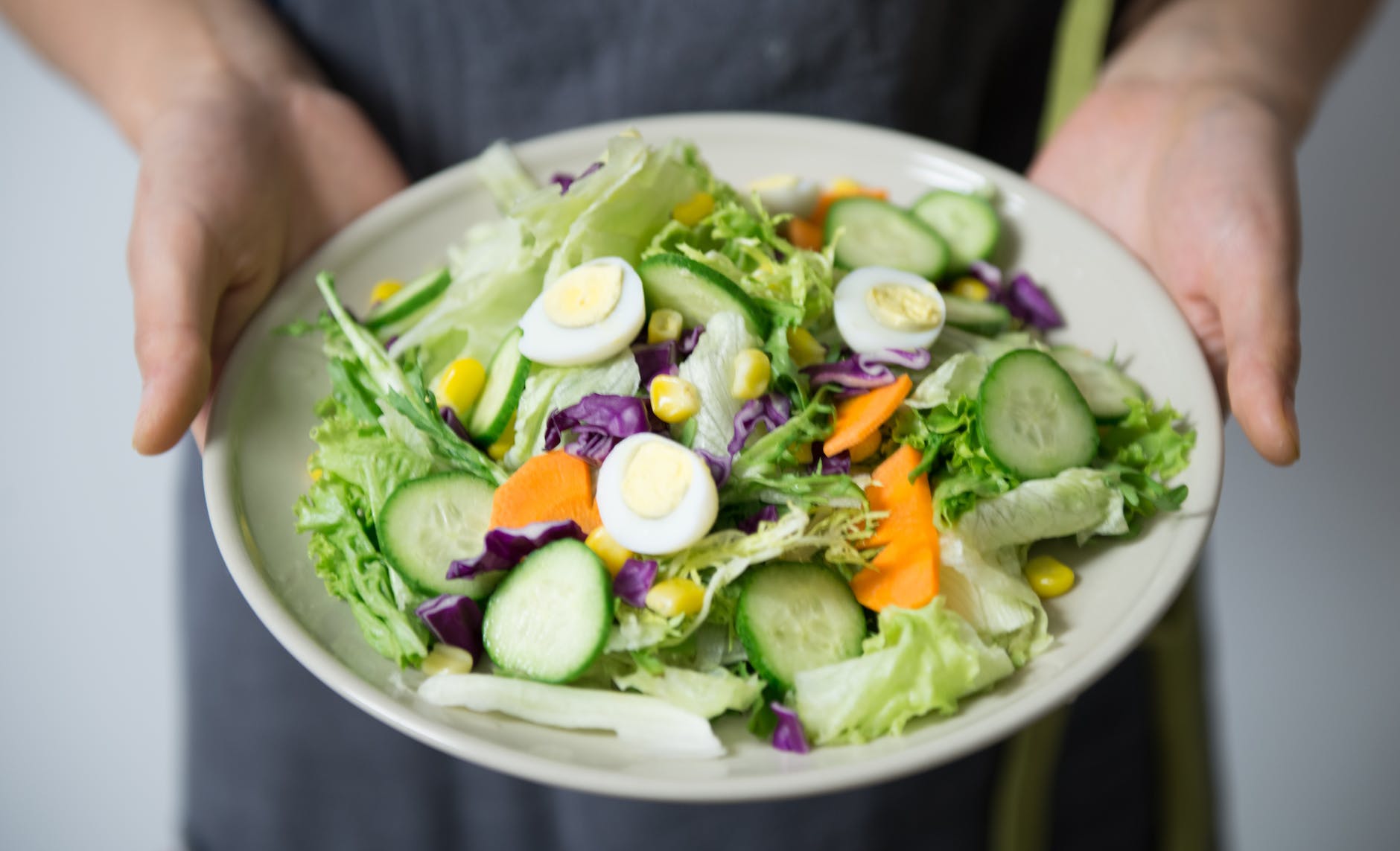
Nuts and seeds are the unsung heroes of the plant-based diet. These tiny nutritional powerhouses pack a punch when it comes to protein, healthy fats, fiber, and a variety of essential vitamins and minerals. Their versatility makes them an excellent ingredient for a range of dishes, from breakfasts and snacks to main courses and desserts.
In this article, we’ll dive into ten meal prep ideas that showcase the power of nuts and seeds. Each recipe comes with a detailed process, serving size in grams, estimated macronutrients, and useful storage instructions.
1. Chia Seed Pudding with Mixed Berries
Start your day with a protein-rich chia seed pudding. Simply mix chia seeds with your favorite plant-based milk, a touch of sweetener, and let it sit overnight. Top it with mixed berries and a sprinkle of your favorite nuts before serving.
- Serving Size: 200g
- Macros (per serving): 250 calories, 8g protein, 30g carbs, 12g fat
- Preparation time: 10 minutes (plus overnight soaking)
- Best time to eat: Breakfast or snack
- Storage instructions: Store in an airtight container in the refrigerator for up to 5 days.
2. Quinoa Salad with Almonds and Sunflower Seeds
This hearty salad features quinoa, a complete plant-based protein, mixed with a variety of vegetables, and topped with toasted almonds and sunflower seeds. Dress it with a simple lemon-tahini dressing for added flavor.
- Serving Size: 350g
- Macros (per serving): 500 calories, 18g protein, 60g carbs, 23g fat
- Preparation time: 30 minutes
- Best time to eat: Lunch or dinner
- Storage instructions: Store in an airtight container in the refrigerator for up to 4 days.
3. Spicy Lentil Tacos with Pumpkin Seed Salsa
In this unique dish, lentils are spiced and cooked until tender, then served in taco shells with a fresh salsa made from pumpkin seeds, tomatoes, and cilantro.
- Serving Size: 400g
- Macros (per serving): 600 calories, 25g protein, 75g carbs, 20g fat
- Preparation time: 40 minutes
- Best time to eat: Lunch or dinner
- Storage instructions: Store the lentil filling and pumpkin seed salsa separately in the refrigerator for up to 4 days. Assemble tacos just before eating.
4. Peanut Butter and Hemp Seed Granola Bars
These homemade granola bars are packed with oats, peanut butter, and hemp seeds, providing a balance of carbohydrates, protein, and healthy fats. They make a perfect on-the-go breakfast or snack.
- Serving Size: 80g
- Macros (per serving): 300 calories, 10g protein, 35g carbs, 15g fat
- Preparation time: 20 minutes (plus chilling time)
- Best time to eat: Breakfast or snack
- Storage instructions: Store in an airtight container at room temperature for up to a week.
5. Creamy Cashew Alfredo with Whole Wheat Pasta
In this vegan twist on a classic Italian dish, cashews are soaked and blended to create a creamy Alfredo sauce, served over whole wheat pasta for added protein. Top with a sprinkle of nutritional yeast and crushed walnuts for a cheesy flavor and extra crunch.
- Serving Size: 350g
- Macros (per serving): 550 calories, 20g protein, 80g carbs, 20g fat
- Preparation time: 30 minutes
- Best time to eat: Lunch or dinner
- Storage instructions: Store in an airtight container in the refrigerator for up to 3 days. Best reheated before serving.
6. Walnut Taco “Meat” Lettuce Wraps
This innovative take on tacos uses walnuts pulsed with a mix of spices to create a taco “meat”. Served in crisp lettuce cups and topped with a fresh tomato and avocado salsa, these wraps are a light yet protein-rich meal option.
- Serving Size: 350g
- Macros (per serving): 450 calories, 12g protein, 25g carbs, 35g fat
- Preparation time: 20 minutes
- Best time to eat: Lunch or dinner
- Storage instructions: Store the walnut taco “meat” and salsa separately in the refrigerator for up to 4 days. Assemble the lettuce wraps just before eating.
7. Sesame Tofu Stir-fry with Flaxseed Sauce
This dish features pan-seared tofu tossed in a flavorful stir-fry with your favorite veggies. The sauce is made from ground flaxseed, soy sauce, and a touch of maple syrup for a savory, protein-packed meal.
- Serving Size: 350g
- Macros (per serving): 500 calories, 25g protein, 45g carbs, 25g fat
- Preparation time: 30 minutes
- Best time to eat: Lunch or dinner
- Storage instructions: Store in an airtight container in the refrigerator for up to 3 days. Best reheated before serving.
8. Almond Butter Banana Protein Smoothie
Kickstart your day with this protein-packed smoothie. Blend ripe bananas with almond butter, plant-based milk, a scoop of your favorite plant-based protein powder, and a handful of spinach for a nutrient-dense breakfast.
- Serving Size: 300g
- Macros (per serving): 400 calories, 25g protein, 45g carbs, 15g fat
- Preparation time: 10 minutes
- Best time to eat: Breakfast
- Storage instructions: Best consumed immediately after preparation. If necessary, can be stored in a sealed container in the refrigerator for up to 24 hours.
9. Vegan “Cheese” Sauce with Nutritional Yeast and Sunflower Seeds
This creamy, vegan “cheese” sauce is perfect for pasta, nachos, or as a dip. Blend sunflower seeds with nutritional yeast, lemon juice, and spices until smooth. It’s a versatile sauce that adds protein and flavor to any dish.
- Serving Size: 100g
- Macros (per serving): 200 calories, 8g protein, 10g carbs, 15g fat
- Preparation time: 15 minutes
- Best time to eat: Lunch or dinner
- Storage instructions: Store in an airtight container in the refrigerator for up to 5 days.
10. Chai Spiced Oatmeal with Pistachios and Pumpkin Seeds
Warm up your mornings with a comforting bowl of chai-spiced oatmeal. Top with a handful of protein-rich pistachios and pumpkin seeds for added crunch and nutrition.
- Serving Size: 250g
- Macros (per serving): 350 calories, 12g protein, 55g carbs, 10g fat
- Preparation time: 20 minutes
- Best time to eat: Breakfast
- Storage instructions: Store in an airtight container in the refrigerator for up to 3 days. Best reheated before serving.
Nuts and seeds are an incredible addition to any plant-based diet, providing a significant source of protein and
healthy fats. These meal prep ideas are just the beginning – there are countless ways to incorporate nuts and seeds into your meals. Feel free to get creative and adjust these recipes to your liking.













